Palo Santo oil is presented as a natural supplement for those seeking to relieve the discomfort of seasonal allergies.
Search in blog
Blog categories
Latest posts
-
 Palo Santo Oil: The Natural Answer to Your Allergy ProblemsRead more
Palo Santo Oil: The Natural Answer to Your Allergy ProblemsRead more -
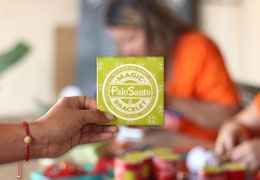 The Sustainable Fashion Revolution: A Commitment to the Planet and Style02/21/2024691 views 2 LikedRead more
The Sustainable Fashion Revolution: A Commitment to the Planet and Style02/21/2024691 views 2 LikedRead moreIn the fast-paced world of fashion, where trends come and go with each season, an increasingly important constant...
-
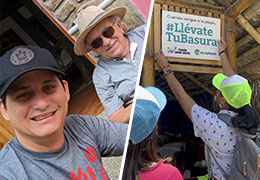 Palo Santo, essence or appearance? Is Palo Santo really endangered?02/14/2024976 views 1 LikedRead more
Palo Santo, essence or appearance? Is Palo Santo really endangered?02/14/2024976 views 1 LikedRead moreIn this article, we delve into the essence of Palo Santo, beyond its popularity for its unique aroma and purifying...
-
 Palo Santo: A Bridge to Deeper Connections in Relationships02/06/2024882 views 1 comment 17 LikedRead more
Palo Santo: A Bridge to Deeper Connections in Relationships02/06/2024882 views 1 comment 17 LikedRead morePalo Santo is more than just a pleasant aroma; it's a bridge to serenity and understanding in relationships.
-
 What could be a better way to start a year? Power your Start of the Year with Positive Vibrations and Balance with Palo Santo12/01/20232344 views 1 comment 15 LikedRead more
What could be a better way to start a year? Power your Start of the Year with Positive Vibrations and Balance with Palo Santo12/01/20232344 views 1 comment 15 LikedRead moreThe start of a new year is a special moment filled with hope, renewal, and wishes for a prosperous future.
Photo gallery
-

Is Palo Santo really endangered?
-
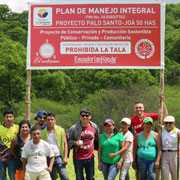
Is Palo Santo really endangered?
-
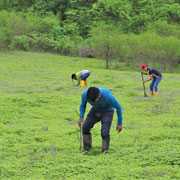
Is Palo Santo really endangered?
-
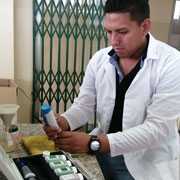
Investigations concerning the PaloSanto tree.
-
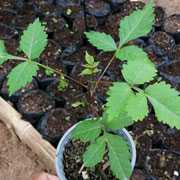
Nursery
-

It's reforestation time! Palo santo
Popular posts
-
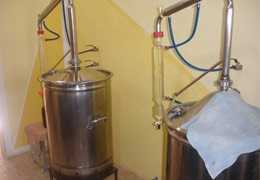 Palo Santo Essential Oil, Bursera Graveolens - Uses and Benefits02/01/2017Posted in: How To?78407 views 6 comments 176 LikedPalo Santo, Ecuador's sacred wood! Originating from our dry forest of Ecuador, this tree belongs to the Burseraceae...Read more
Palo Santo Essential Oil, Bursera Graveolens - Uses and Benefits02/01/2017Posted in: How To?78407 views 6 comments 176 LikedPalo Santo, Ecuador's sacred wood! Originating from our dry forest of Ecuador, this tree belongs to the Burseraceae...Read more -
 Palo Santo: A Natural Way to Cleanse Your House and Promote Well-Being and Positive Energy09/10/201971643 views 1 comment 197 LikedMany people clean and purify their home at least once a month. Many people enter our home, and each person with a...Read more
Palo Santo: A Natural Way to Cleanse Your House and Promote Well-Being and Positive Energy09/10/201971643 views 1 comment 197 LikedMany people clean and purify their home at least once a month. Many people enter our home, and each person with a...Read more -
 From Nature to Art: What is the tagua nut or vegetable ivory?70548 views 3 comments 223 LikedThe Tagua is a unique plant that comes from the tropical and humid mountains of Ecuador, grows wild in forests called...Read more
From Nature to Art: What is the tagua nut or vegetable ivory?70548 views 3 comments 223 LikedThe Tagua is a unique plant that comes from the tropical and humid mountains of Ecuador, grows wild in forests called...Read more -
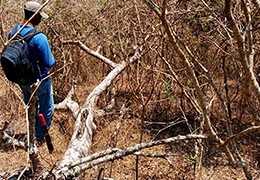 Palo Santo Sustainability: Separating Fact from the fake news. Is Palo Santo really endangered?08/18/201940525 views 7 comments 1013 LikedIn this article we will clear up doubts about the future of this sacred wood of sweet, woody, citrus and a slight...Read more
Palo Santo Sustainability: Separating Fact from the fake news. Is Palo Santo really endangered?08/18/201940525 views 7 comments 1013 LikedIn this article we will clear up doubts about the future of this sacred wood of sweet, woody, citrus and a slight...Read more -
 True History of Montecristi Hat (Panama Hat)39632 views 6 LikedThe fame and the use of this hat was wrongly and undeservedly extended with the name of “Panama Hat", without...Read more
True History of Montecristi Hat (Panama Hat)39632 views 6 LikedThe fame and the use of this hat was wrongly and undeservedly extended with the name of “Panama Hat", without...Read more





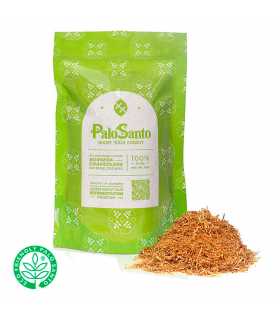
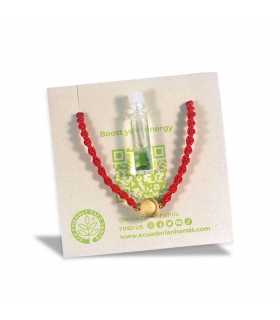



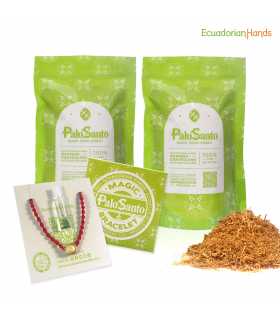
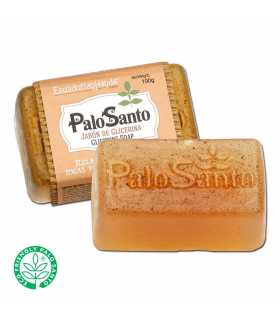
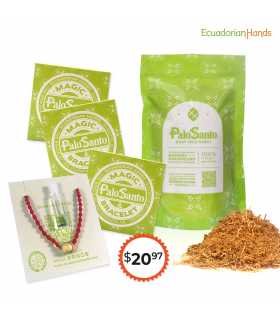
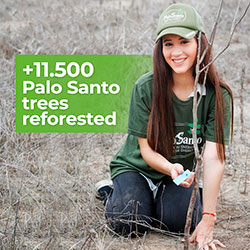
Leave a comment